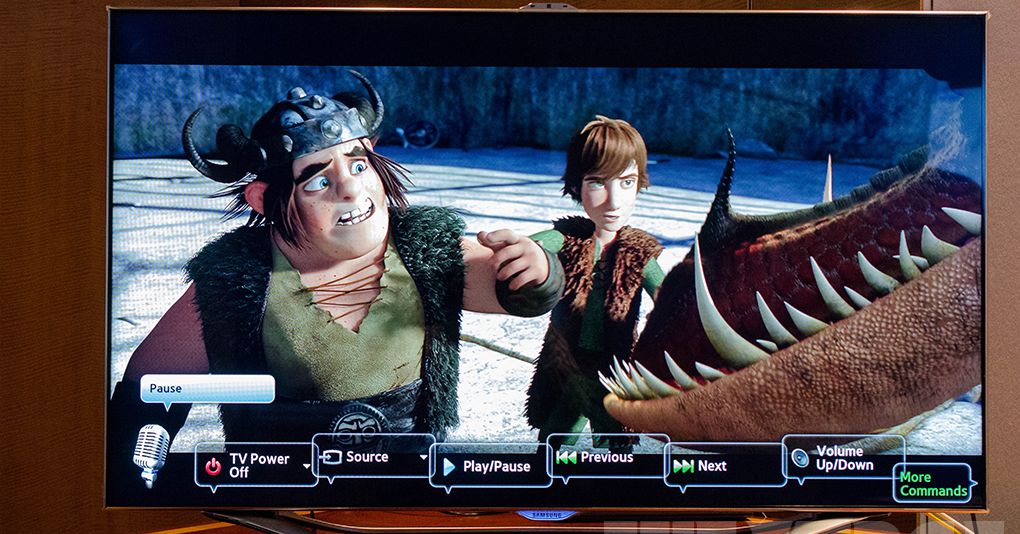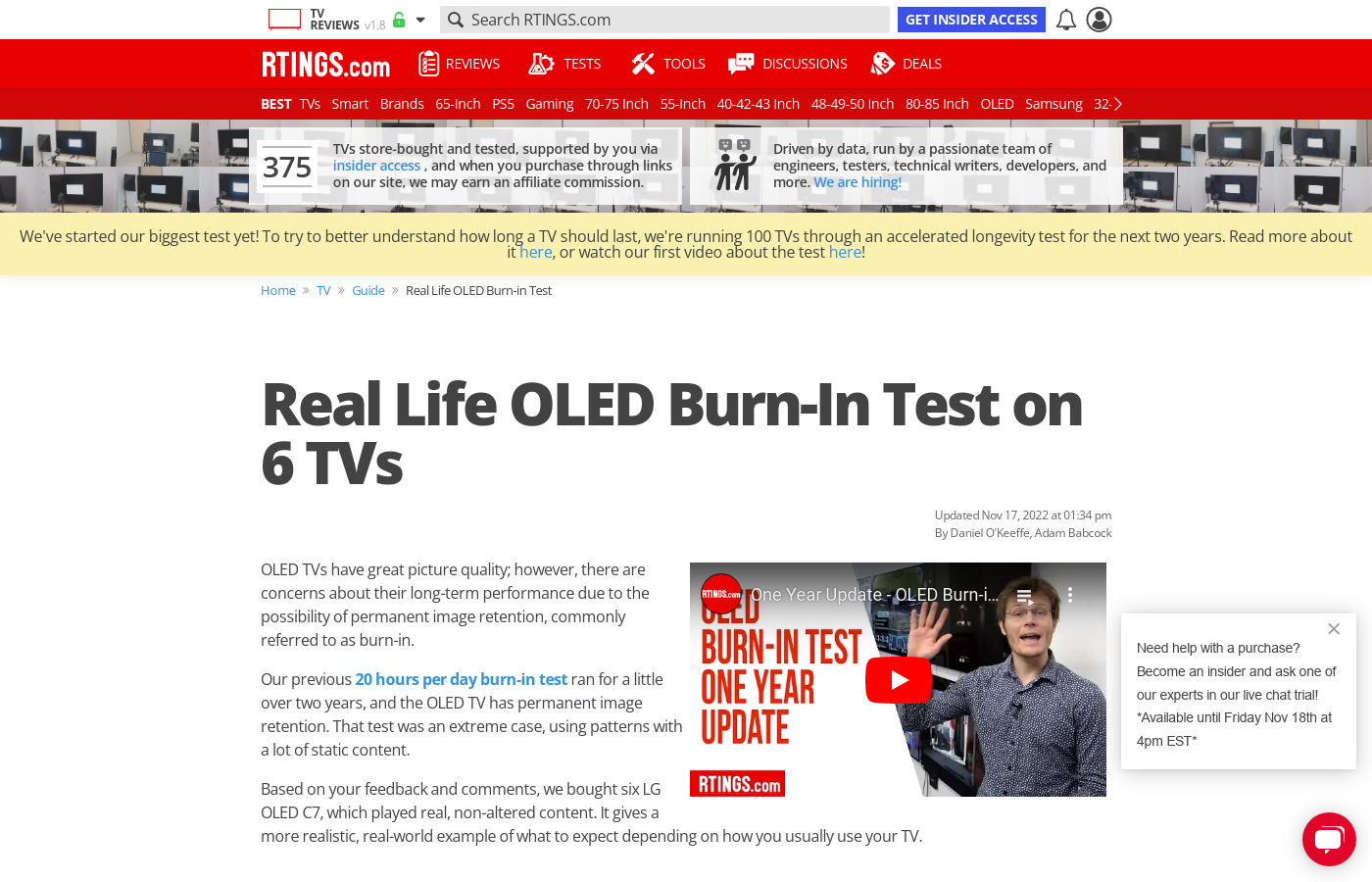It’s not just in paper it is a superior technology. Only when you get it in your HT set up and calibrate it you will know how better it is compared to any led or the best FALD sets. In real case scenario it’s night and day difference. Not being a fanboy but just stating facts. Don’t be listening to the the Oled bashing community and be mislead. If you have the budget go for oled. Camera can never capture the real picture quality and with so many biased reviewers on you tube they can even make a cheap tv look better then Oled. For example check my thread 1080vs4kvsHDR. In the poll the 1080p image in my 5 year old Sony led tv won as the best looking picture and looked best indeed vs the 4kHDR image in the c9.But in person image can’t even be compared and it’s day and night difference. Also check out my c9 vs A8 thread where I kept a saying based on showroom demos that c9 is not good as my old Sony tv while upscaling. After getting Used to my c9 I went to show room and checked all the tv’s again and I couldn’t even bare to watch any tv’s other then Oled. The picture quality is that good in an Oled. Deep blacks, infinite contrast, self lit pixels now that’s what I am talking about. My wife who doesn’t watch movies or show any interest after getting the c9 demands every weekend two movies. Such is the performance of Oled.
Adding to this, almost everyone who has an OLED has had LED Tvs in the past. It is not like people move from CRT to Oled directly.
Few like me have both an OLED and LED tv parallel at home and watch them on daily basis.
You can not find anyone saying that any of their LEDs perform as good as a OLED irrespective of brands. But you always get to hear it the other way almost always. It says something.
Also it is not fan boy-ism. Why would I or anyone bash one of their TVs as opposed to another of their own TVs which is an OLED?



